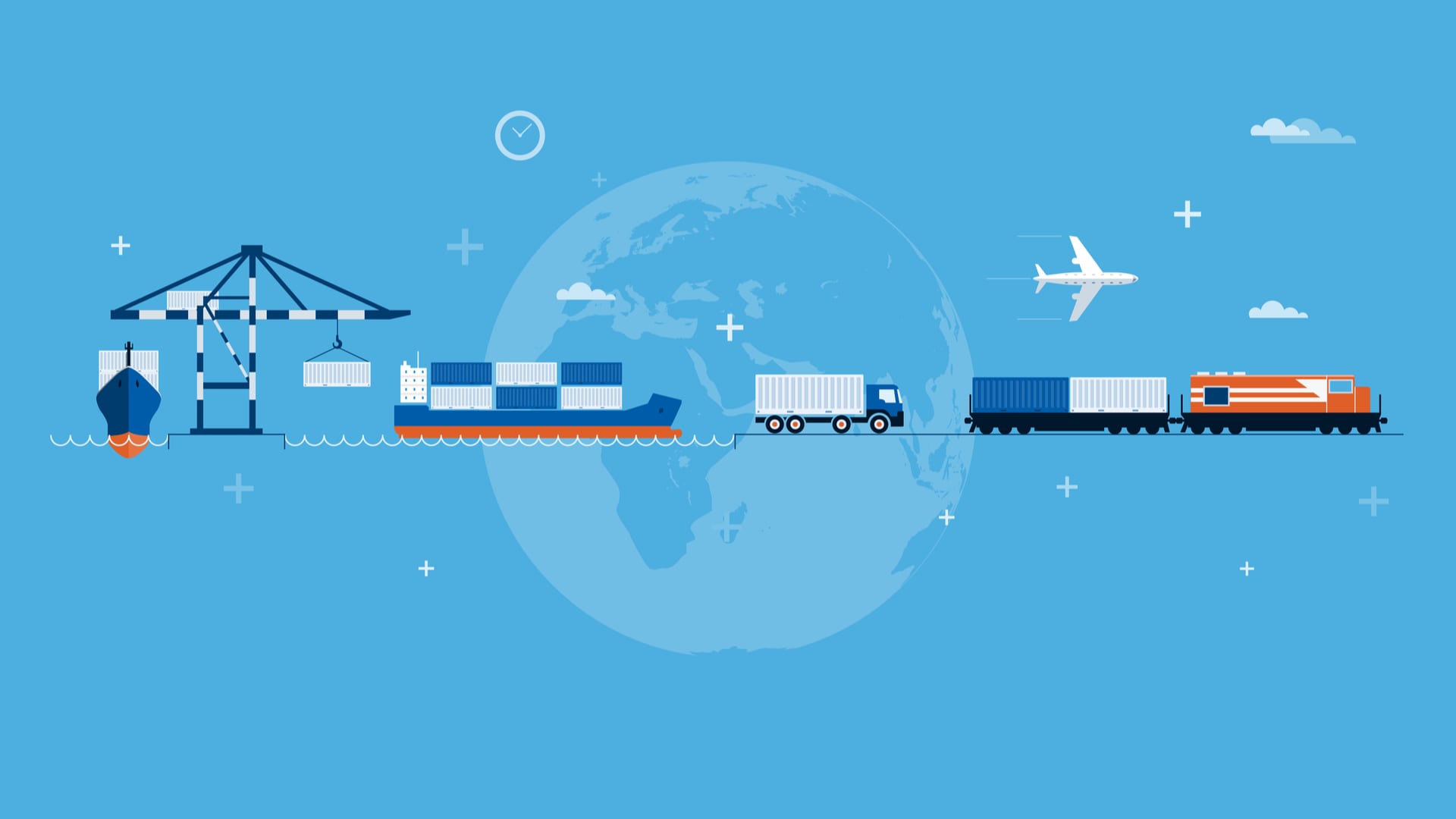Logistics and productivity optimization are essential for improving any organization’s operational efficiency. In this context, flow algorithms are key tools that help optimize complex industrial processes, facilitating strategic decision-making. At Eurystic, we use these methodologies to provide quantitative solutions tailored to our clients’ specific needs.
What Is a Flow Algorithm in Logistics and Production?
A flow algorithm is a quantitative technique used to solve problems related to the efficient movement of goods, services, or information through a network. These algorithms help determine optimal routes, allocate resources efficiently, and significantly improve operational management in companies with complex logistical or production processes.
Difference Between Flow Algorithms and Other Optimization Techniques
While other optimization techniques, such as heuristics or simulations, offer approximate and fast solutions, flow algorithms provide exact solutions based on solid mathematical models. The main difference lies in the ability of flow algorithms to handle complex systems with multiple constraints and clearly defined objectives.
Most Commonly Used Flow Algorithms
Several flow algorithms are widely used in logistics and production optimization, depending on business needs:
Maximum Flow Algorithm (Max Flow)
The maximum flow algorithm identifies the maximum possible flow that can pass through a network from an origin point to a destination point, considering constraints such as transport or storage capacity.
Minimum Cut Algorithm (Min Cut)
The minimum cut algorithm identifies the most vulnerable or limiting point within a network. This is crucial for diagnosing bottlenecks and establishing strategies to improve system resilience and efficiency.
Shortest Path Algorithms
These algorithms seek the most efficient route in terms of cost, time, or distance between two points in a network. They are particularly useful for optimizing distribution processes, reducing delivery times, and improving customer service.
Benefits of Applying Flow Algorithms in Industry
Implementing flow algorithms provides multiple competitive advantages for companies:
Reduction of Operational Costs
By optimizing resource use and eliminating inefficiencies, these algorithms significantly reduce operational costs related to transportation, storage, and inventory management.
Efficient Resource Distribution
Flow algorithms enable intelligent resource allocation, improving production, distribution, and storage planning, optimizing installed capacity, and reducing waste.
Route and Delivery Time Optimization
With specific algorithms like Shortest Path, route management can be improved, significantly reducing delivery times, increasing customer satisfaction, and strengthening the company’s competitive advantage.
Recommended Software Tools and Programming Languages
To effectively implement flow algorithms, it is advisable to use specialized tools like AnyLogic, a leading simulation and optimization software. Additionally, programming languages like Python and Java are particularly suitable due to their versatility and support for advanced optimization libraries.
Step-by-Step Implementation of a Flow Algorithm
- Requirements Analysis and Objective Definition
Clearly identify business objectives and specific system constraints to properly select and configure the algorithm to be used. - Selection of the Appropriate Algorithm Type
Determine whether a maximum flow, minimum cut, or shortest path algorithm is the most suitable for the organization’s specific problem. - Pilot Testing and Scalability
Conduct pilot tests to validate the obtained results and ensure the solution can be effectively scaled to the entire system.
Relevant Use Cases and Examples
Logistics and Distribution
Used to optimize routes, reduce delivery times, and improve fleet management, increasing operational efficiency and reducing costs.
Production Planning
Helps optimally manage the flow of materials and products through different stages of the production process, avoiding bottlenecks and improving adherence to production plans.
Supply Chain Management
Facilitates the planning and control of supply from multiple points, ensuring material availability, optimizing stock levels, and minimizing operational costs.
At Eurystic, we apply these advanced quantitative methodologies to solve complex logistical and production challenges, delivering measurable results tailored to each client’s specific needs.



